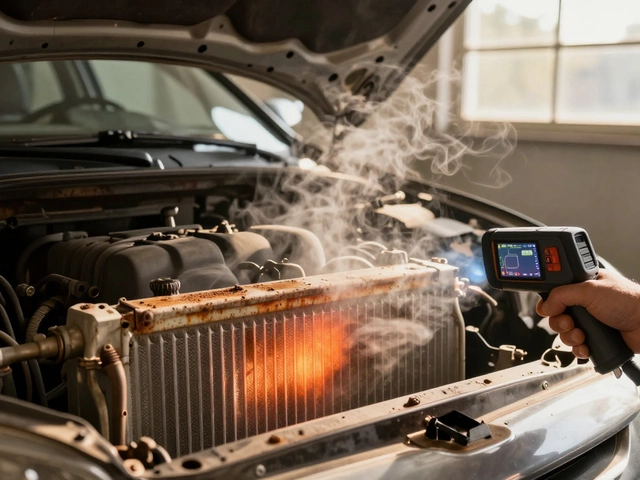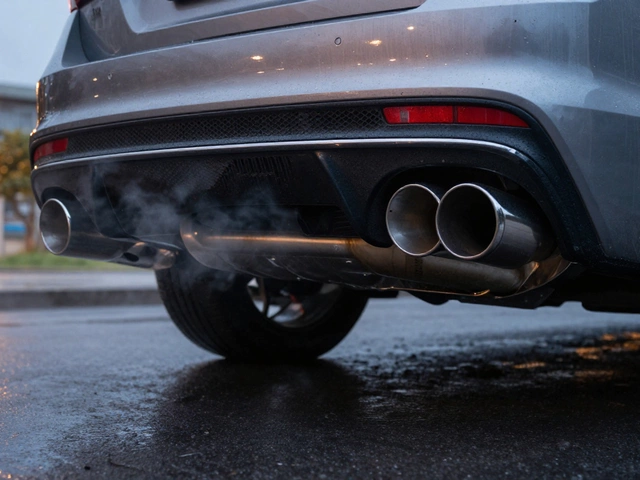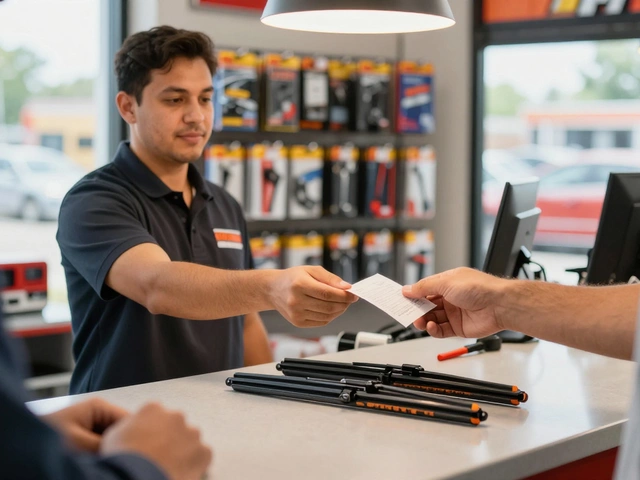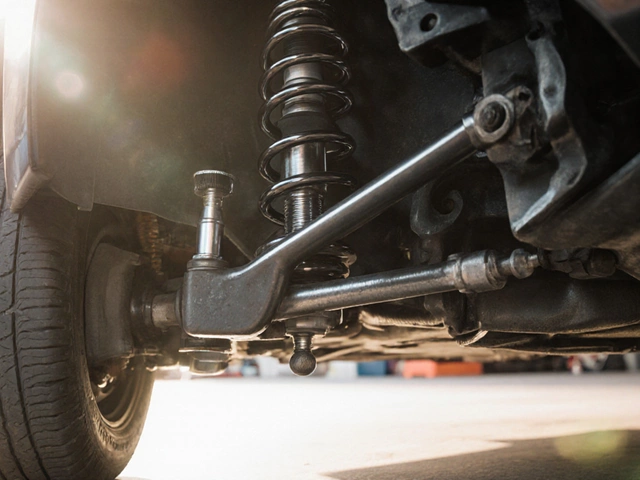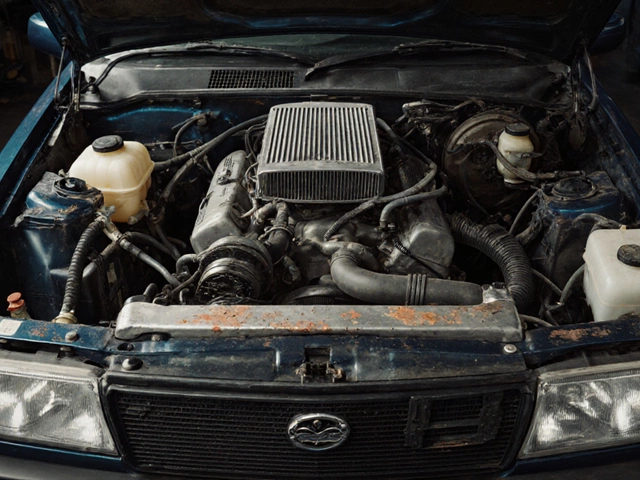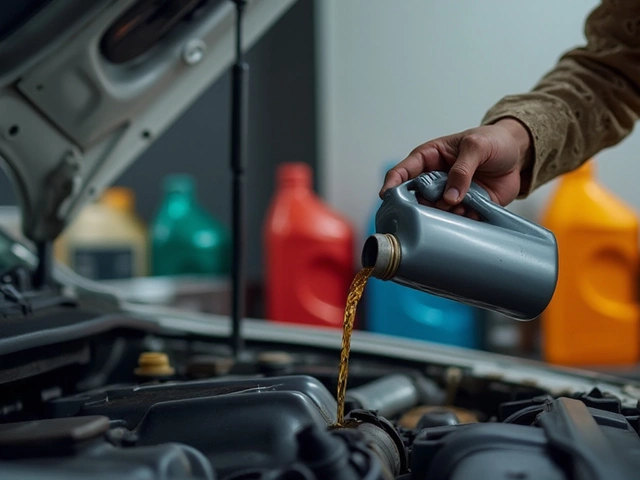Driving with Radiator Issues: Risks, Repairs, and Real‑World Costs
When dealing with Radiator Issues, any problem that hinders the cooling system’s ability to keep the engine at a safe temperature. Also known as cooling system trouble, it can stem from leaks, clogs, or a cracked core. Common companions of this problem are Engine Overheating, the condition where the engine temperature spikes beyond normal limits and Coolant Leak, loss of the liquid that carries heat away from the engine. If you ignore the signs, you may end up facing a Radiator Replacement Cost, the price tag for parts and labor needed to install a new radiator. Understanding how these pieces fit together helps you decide whether to keep driving or pull over for help.
Why does a bad radiator feel like a ticking time bomb? The radiator sits right in front of the engine, acting like a heat exchanger. When it can’t release heat, the thermostat stays closed, and the water pump pushes hot coolant through a sealed loop. Within minutes, the temperature gauge jumps, steam erupts, and you risk warped heads or a seized engine. Many drivers think a short‑term rise is harmless, but data from auto shops shows that a single overheating event can cause $1,500‑$3,000 in engine repairs. The first clue is often a warning light or an unusual smell of coolant on the road.
Key Warning Signs and Quick Checks
Spotting radiator trouble early saves money and headaches. Look for puddles under the car—those are likely coolant, not oil. Check the coolant reservoir: a low level, especially after a short drive, signals a leak. Watch the temperature gauge; anything above the normal range (typically 190‑210°F) means the cooling system is struggling. Press the radiator cap (when cold) to see if pressure is normal; a spongy feeling can indicate internal corrosion. Finally, listen for hissing sounds that often accompany a leaking hose or a crack in the radiator tank.
If you notice any of these symptoms, the safest move is to pull over, let the engine cool, and inspect the coolant level. Adding a small amount of the correct coolant can get you to a garage, but it’s not a long‑term fix. Many DIY guides recommend tightening hose clamps or replacing a cracked plastic tank yourself, but a professional pressure test will pinpoint the exact leak source and avoid misdiagnosis.
When it comes to costs, the price of a new radiator varies by make, model, and whether you choose OEM, aftermarket, or a remanufactured unit. In 2025, typical parts run $150‑$400, while labor adds $200‑$500. Some owners save by buying the part online and handling the swap, but the job can take 2‑4 hours and requires draining the cooling system, removing the fan shroud, and properly refilling with the right coolant mix. Mistakes like air pockets in the system can cause persistent overheating, so many opt for a certified mechanic.
Beyond the radiator itself, other components often wear out together. The thermostat may seize, the water pump can lose efficiency, and the radiator fan may fail to kick in. These parts form an interdependent network: a stuck thermostat raises pressure on the radiator, accelerating leaks; a weak pump reduces coolant flow, making any small leak more impactful. Maintaining the whole cooling system—regularly flushing coolant, checking fan operation, and replacing the thermostat every 80,000‑100,000 miles—keeps each element from dragging the others down.
What should you do right now if you suspect radiator trouble? First, pull over safely, turn off the engine, and never open a hot radiator cap. Second, check the coolant level and top off with the manufacturer‑recommended fluid. Third, call roadside assistance if the temperature gauge stays high or you see steam. Fourth, schedule a professional inspection within 24‑48 hours to avoid a catastrophic engine failure. These steps turn a scary situation into a manageable repair plan.
Below you’ll find a curated list of articles that dive deeper into each of these topics—fuel pump timing, oil choices, spark plug impacts, suspension basics, and more. Together they give a full picture of how a single cooling issue can ripple through your car’s performance and maintenance budget. Browse the collection to see how each piece of the puzzle fits, and arm yourself with the knowledge to keep your ride running cool and reliable.
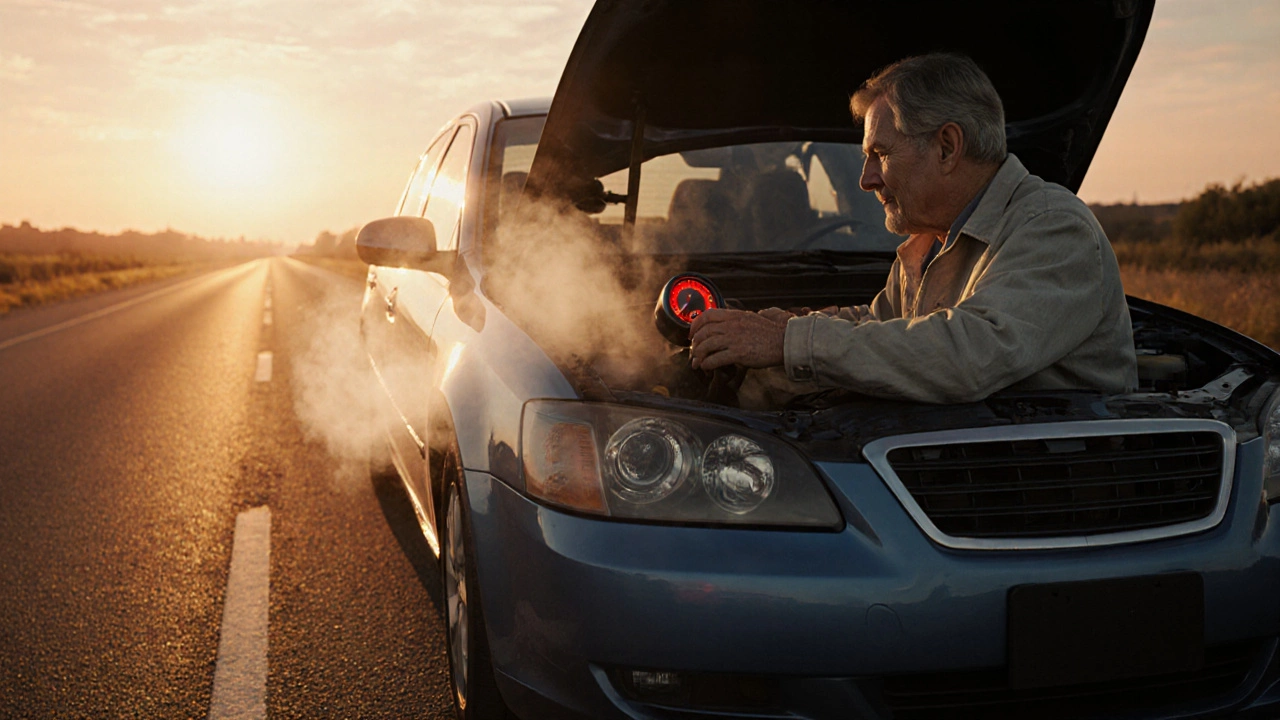
Driving with a Bad Radiator: Risks, Signs, and What to Do
Learn why driving with a bad radiator is risky, how to spot the signs, short‑term fixes, and when to seek repair. Stay safe and avoid costly engine damage.
CONTINUE READING